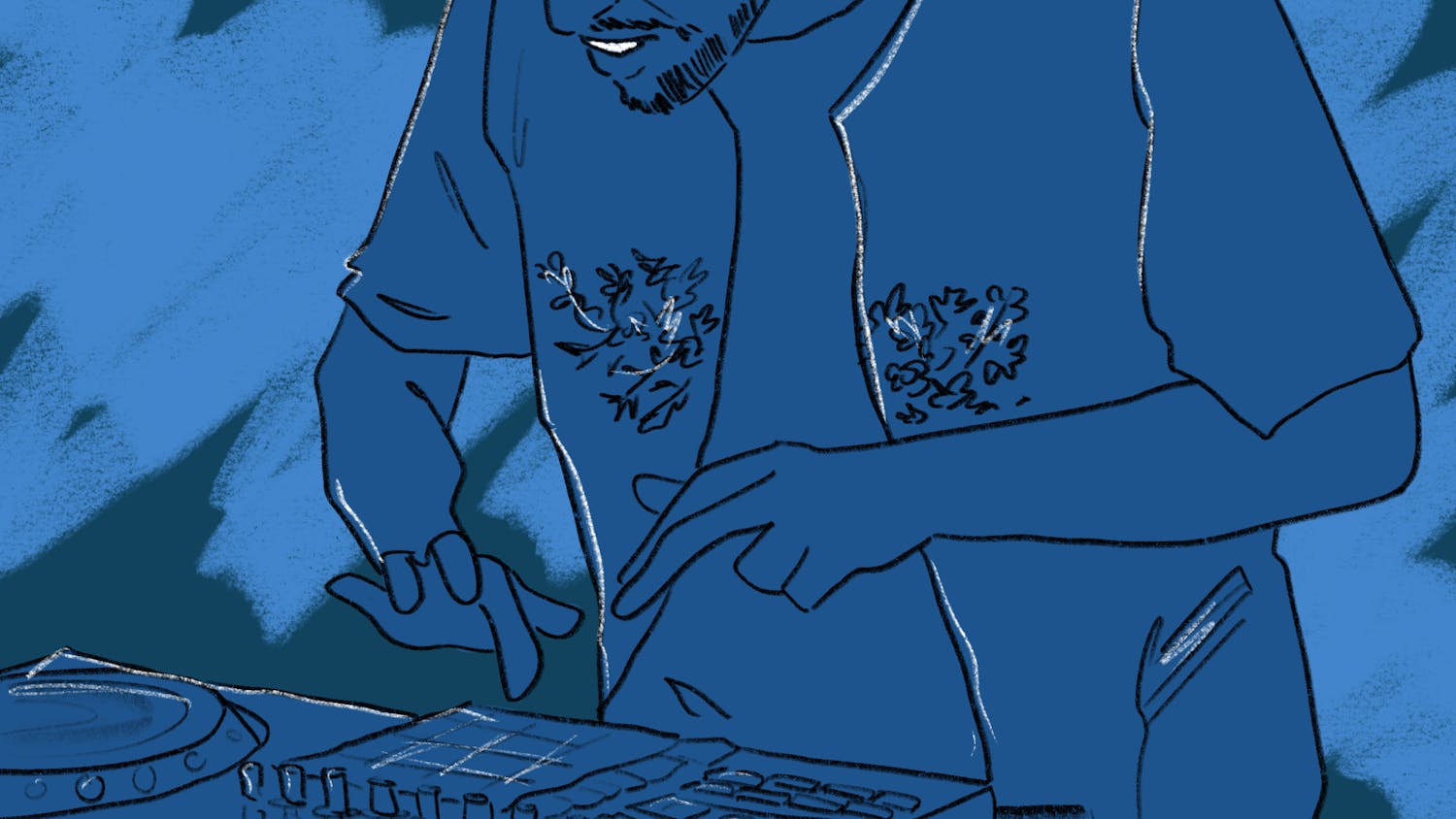In “Hitler versus Picasso and the Others,” the final scars of World War II are far from healed. Art, argues the documentary, which played at the Black Family Visual Arts Center over the weekend, is the final Achilles heel of Germany’s atonement and the unfinished business of World War II.
To set the stage, a bit of history: Nazi soldiers looted and plundered an estimated 20 percent of all art ever made. Much of the art is still missing — an estimated 15 to 20 billion pounds in current art market value. The Third Reich launched a war of military and culture and sought to elevate its Aryan vision while exterminating anything that might contradict it.
Hitler understood art’s connection to culture and cultural identity. By destroying the art he deemed “degenerate” and elevating the art of German and classical artists, the Führer created and refined a distinctly Aryan aesthetic. Just as important as radio, posters and speeches, art was propaganda for the Nazi party, which sought to create an absolute aesthetic and manipulate it accordingly.
Nazism revered works of classical antiquity. Paintings that depicted bucolic farmland, families and working youths were also elevated. So too were rather obscene nudes, thought to encourage procreation and the growth of the Aryan race. Art served to refine the narrative put forth by the Nazi party. Art that did not fit within the narrative was termed degenerate. This included much of the avant-garde: Cubism, Surrealism, Expressionism and other modernist genres were all deemed cosmopolitan and communist. The Nazi party looked to destroy non-German culture as it built German culture. At the height of the war, an entire division of the Nazi Party was dedicated to the appropriation of the cultural property of non-Germans. The Reichsleiter Rosenberg Taskforce — in German, the Einsatzstab Reichsleiter Rosenberg — had branches with extensive operations in every Nazi-occupied country.
Enter “Hitler versus Picasso,” which examines the cultural war through the lens of three major art exhibitions. Italian actor Toni Servillo, who won a European Film Award for Best Actor for his performance in 2013’s “The Great Beauty,” narrates our journey.
“Degenerate Art,” opened in Munich on July 19, 1937, was the Nazi regime’s exhibition of what was considered despicable, low art. The paintings were hung haphazardly on the walls, often without frames. “Degenerate Art” was pure propaganda, attempting to demonstrate the loathsome nature of art that did not align with the Nazi Aryan aesthetic. Predictably, the showing was wildly successful.
Servillo takes us next to “21 rue La Boétie,” held in Paris in 2017. Anne Sinclair, editorial director of the Huffington Post in France, details the story of her grandfather, Paul Rosenberg, a prominent Jewish art curator and socialite. He associated with prominent artists and was good friends with Picasso, reportedly referring to him as “Pic.” In 1942, the Nazis seized much of Rosenberg’s collection and revoked his citizenship.
Finally, the film explores the collection of Cornelius Gurlitt. The reclusive Gurlitt, whose father worked for the Nazi regime, was found to possess over a thousand works of art that had been plundered from Jewish families during the war, valued at more than a billion dollars.
While “Hitler versus Picasso” has its strengths, a viewer with an interest in art history and theory is left waiting for more about the tensions between Nazis and artists, who were surely aware of the cultural crimes that had befallen their work. “Hitler versus Picasso and the Others” is a punchy title, but the audience is offered little about how the artists viewed their role during wartime. Lacking a tie to the humanity of the artists and the story of wartime works themselves, the film is lost in the yellowing pages that it so thoroughly investigates. Indeed, it is not until the end that we actually hear the voice of an artist at all.
When we do, it packs a punch. The final moments of the film depict a conversation between a Nazi official and Picasso about his famous wartime masterpiece “Guernica.” The piece — eleven and a half feet high, over twenty-five feet long and painted in only black, grey and white — creates a jarring and disturbing wartime scene of dismembered bodies, brutal torture and unmitigated chaos.
“Maestro,” says the officer, “did you do this?”
The background music crescendoes and the camera tightens in on the piece.
“No,” Picasso says. “This is your work.”
This film is timely as the Gurlitt collection, extensively detailed in the film, reopens in Berlin in September. While a bit overlong, “Hitler versus Picasso” provides a compelling view into the wartime exploits of a regime obsessed with cultural creation and destruction.



